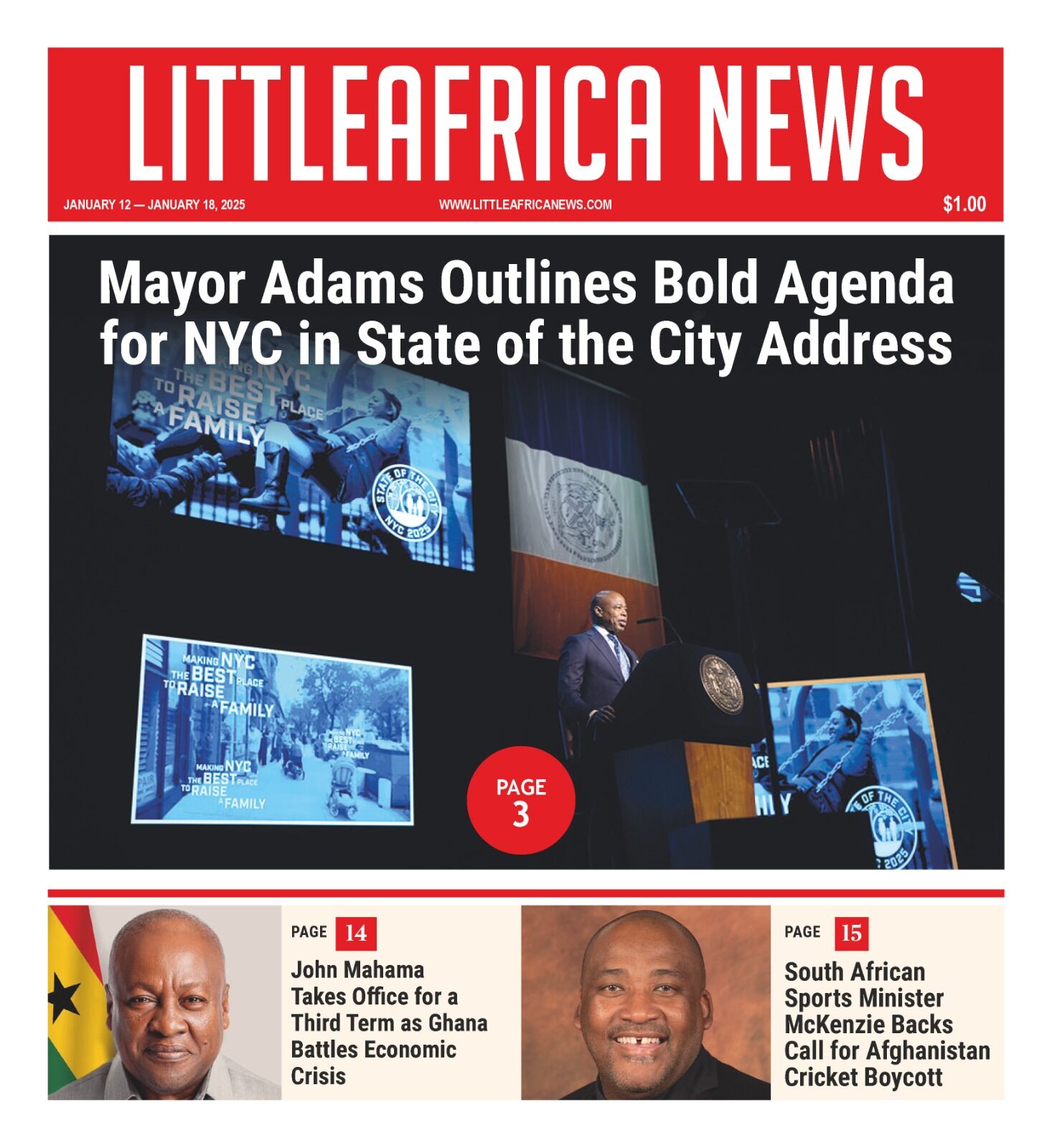Metropolitan Transportation Authority (MTA) has revealed that subway ridership continues to rise, with over 3.14 million commuters transported on the first day of March 2022, keeping in line with New York City’s post-pandemic recovery efforts.
Before the arrival of the Covid-19 pandemic, the subway service’s daily average commuter totals consistently exceeded 5.5 million. As the number of COVID-19 cases began to climb in the New York City area, that number of riders plummeted by 95% to around 300 thousand daily trips in April 2020.
According to traffic engineer Sam Schwartz, who spoke to SILive.com in January, train riders have moved from public transportation to private cars as they are afraid of contracting the coronavirus. He said, “In our surveys, we found 80% of people who have switched from transit to other modes had some hesitancy due to COVID. Some felt that they had a greater likelihood [of exposure] on mass transit.”
Kathy Hochul, the Governor of New York, has stated that the New York City Subway has achieved a new single-day ridership record since the arrival of the Omicron variant in the city. According to the MTA, the subway system carried more than three million people on March 1, 2022, totalling 3,145,294 rides. This surpasses the previous record of 3,118,851 commuters set on February 10, 2022.
Governor Hochul said, “The subway is the lifeblood of New York City, and we are going to continue doing everything possible to bring back riders and keep our recovery on track.” She added, “New Yorkers are continuing to set new records in public transit ridership, which is one of the most encouraging indicators that our comeback from COVID-19 is steady and strong”
The MTA has begun a new fare-capping pilot initiative to promote ridership by making fares more cheap and flexible. The authority’s contactless payment system has a ‘Lucky 13’ function, which makes every extra travel on subways or buses free for the rest of that week, beginning with the 13th ride.
“New Yorkers are demonstrating through their actions that the best way to move around the city is mass transit, and with available attractive fare promotions, we look forward to more records in the future,” said MTA‘s Chairperson, Janno Lieber.
The country’s largest public transportation network has recently received additional government funding to compensate for the financial losses caused by the coronavirus pandemic.
$2.2 billion in government subsidies will be available for 35 transit agencies around the country, according to the United States Department of Transportation. The MTA is slated to receive $769 million.
The increased funds, provided by the American Rescue Plan Act of 2021, puts the agency’s total federal pandemic relief assistance to more than $15 billion. The increased funds will be used to cover daily operational costs, cleaning and sanitization, employee retention, and preventing the spread of the coronavirus on public transportation.














